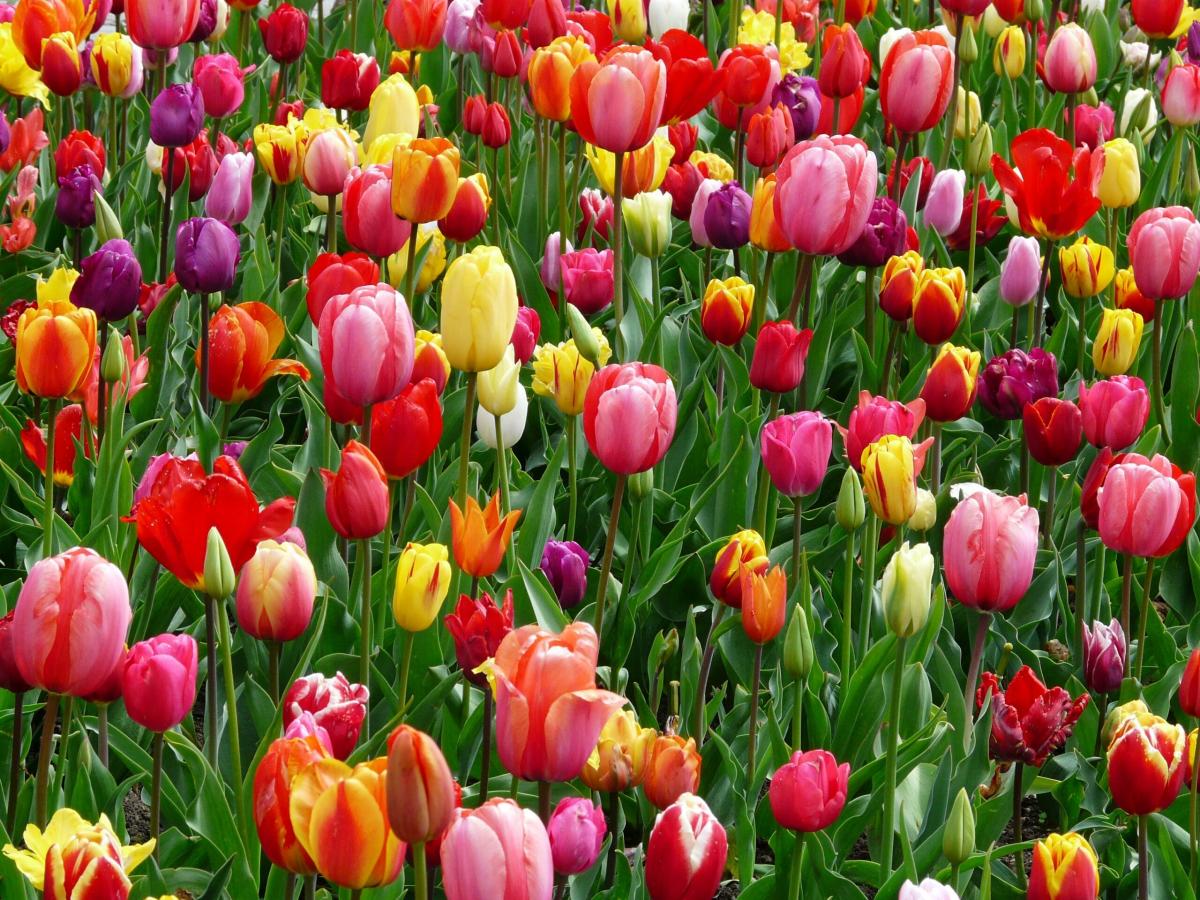
UPDATE: Make sure spring comes early by planting a flower bed with plants that love to bloom early.
No matter what the calendar says, once you see those first flowers and plants poke out of the ground and start to bloom, you know warmer weather will soon return. This year, take control of the calendar by prepping and planting a flower bed that will provide the earliest color possible to help usher in spring.
- Choose a spot. The spot for your new flower bed should be considered carefully. You’ll want to choose a spot that you can easily view. Also note if the spot gets a lot of sun, a lot of shade or both. A sun loving plant won’t do well in shade, just as a shade plant can’t tolerate sun. If you’re not sure about the amount of sun an area gets, consider investing in a light meter.
- Prep the area. Use a total vegetation control herbicide, like RM18, to prep the area prior to planting. RM18 will kill all the existing vegetation, including unwanted grasses and weeds, eliminating the amount of hand-weeding you’ll have to do in the future. Once you spray (follow the label’s directions), wait at least three days before planting your new plants and until all chances of frost are gone.
- Choose the plants. Pick a variety of plants with differing heights to give your bed some visual appeal. Talk to your local nursery about which plants will survive in your zone. For the southern U.S., most gardeners are in zone 7, 8 or 9. Some popular choices include:
-Anemone is a perennial that prefers full sun to part shade. It blooms early and will sometimes rebloom in the fall. It grows six to 12 inches.
-Bleeding heart likes part sun or shade. It comes in many different varieties and can grow up to three feet tall.
-Hyacinth enjoys full sun to part shade. It grows about eight inches tall. Hyacinth, like all other bulbs, must be planted the prior fall. But keep some room for them as bulbs are some of the earliest bloomers.
-Crocus have pink, purple, yellow and white flowers that grow in full sun. These plants only grow about six inches tall and wide.
-Hellebore is also know as the Christmas or Lenten rose. Plant it in shade and hellebore will grow about 12 inches tall and 18 inches wide.
-Azalea is an early spring blooming shrub. It’s flowers don’t last long but are worth the short time they’re around. Azaleas grow best in shade and reach 10 feet in height.
-Forsythia is another early-blooming spring shrub. Plant it in full sun or part shade and it can grow about two feet a year. - Layout the plants. Lay out the plants in their pots exactly where you want to plant them. This planning step helps ensure you’ll have room for everything you want to add to the flower bed. Read the plants’ labels to make sure each one has room to grow and spread.
- Plant the flowers. Dig a hole for each plant as deep as its root ball. If your hole is too shallow, some roots could be exposed and dry out. Too deep and your plant will be susceptible to rot.
- Water in well. After you get all the plants into the ground, make sure to water them in well. New plants will need consistent watering until they’re well-established. Pay attention to the weather. If temperatures are hot and dry, water more often. If they dip low and its wet, water less. Weed barriers, like mulch, can make the bed more attractive but you can also respray with RM18 if weeds start to get out of control. Just remember to cover all desirable plants and watch for drift.
A spring-blooming flower bed makes the gardener, their family and the rest of the neighborhood happy. Go to our Where to Buy page to purchase RM18.
